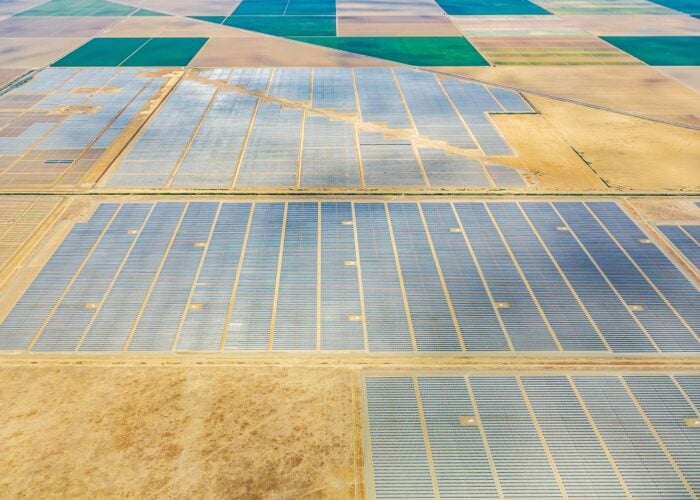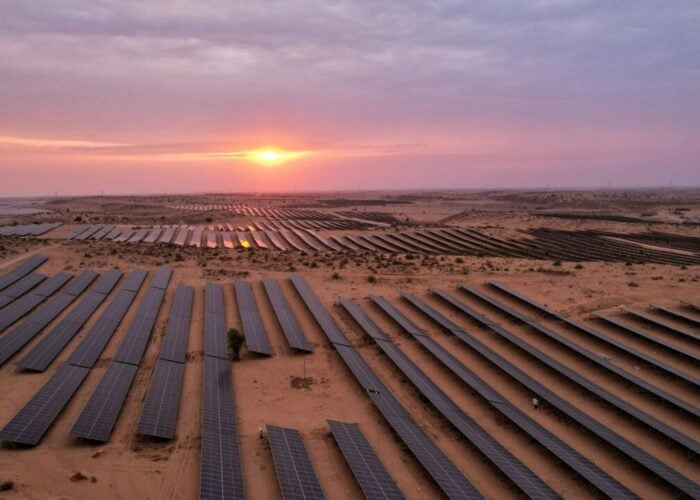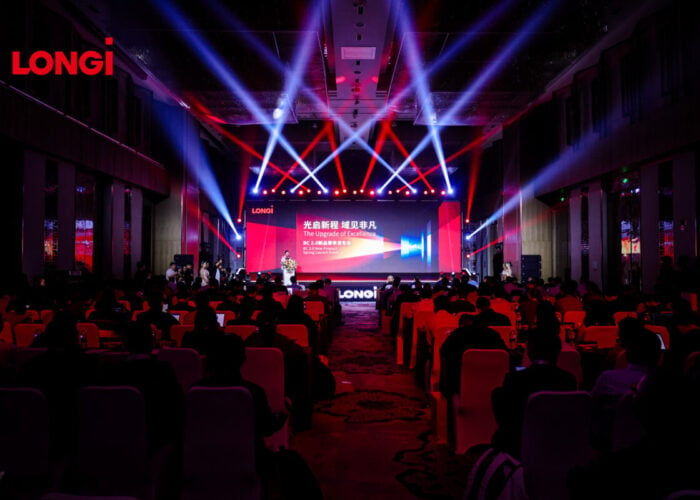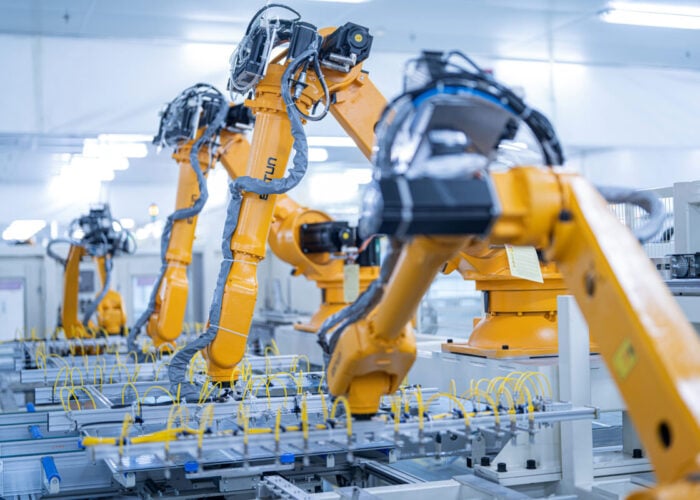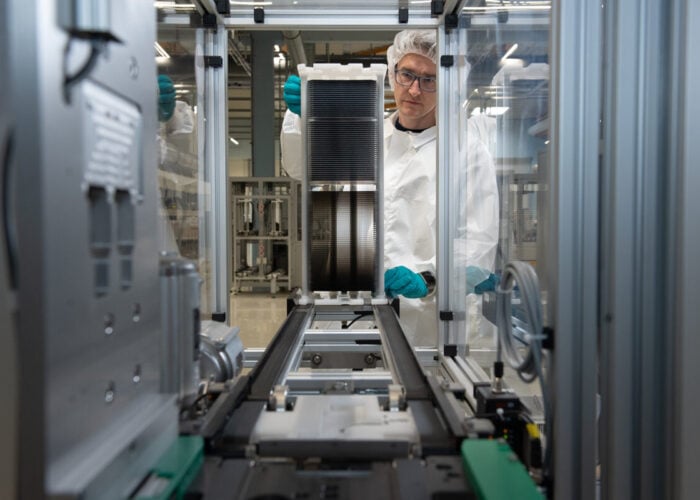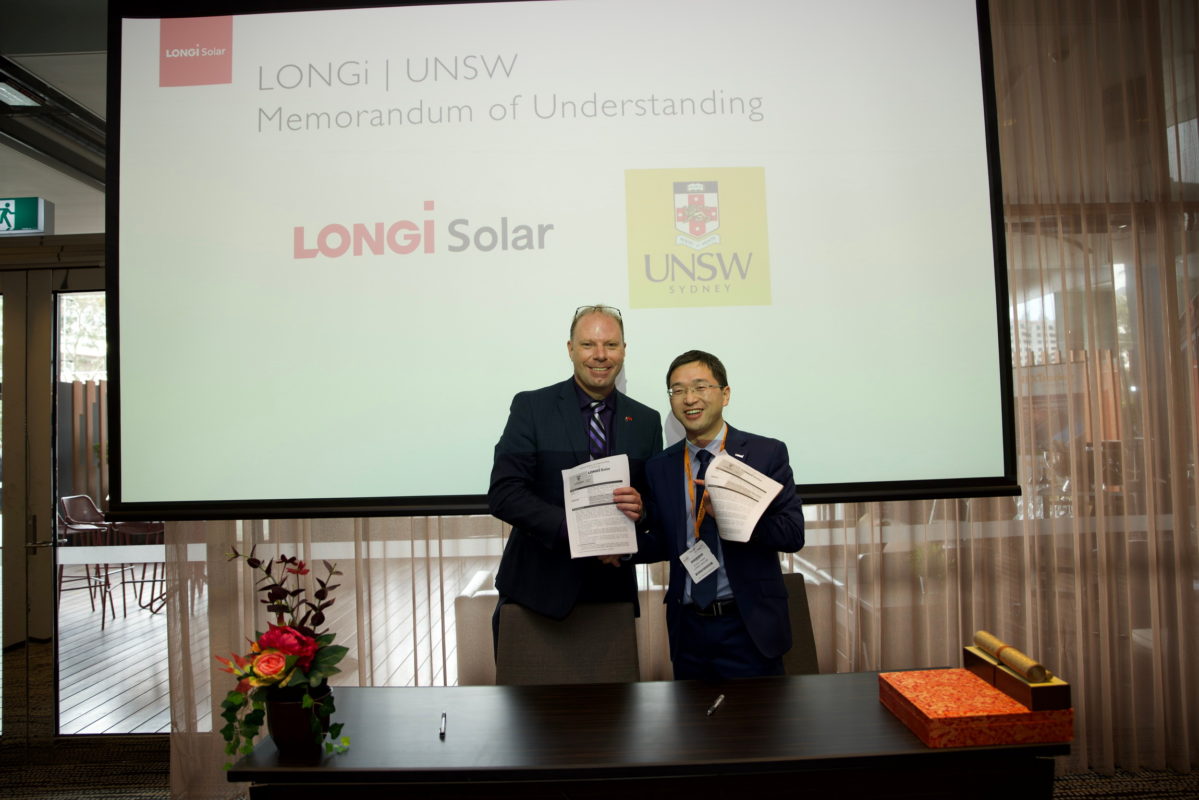
The cost of solar technology is no longer a barrier to PV reaching grid parity in China, according to manufacturer LONGi.
The Chinese firm said soft costs related to grid integration, land and taxation were now the main obstacles for the sector.
Unlock unlimited access for 12 whole months of distinctive global analysis
Photovoltaics International is now included.
- Regular insight and analysis of the industry’s biggest developments
- In-depth interviews with the industry’s leading figures
- Unlimited digital access to the PV Tech Power journal catalogue
- Unlimited digital access to the Photovoltaics International journal catalogue
- Access to more than 1,000 technical papers
- Discounts on Solar Media’s portfolio of events, in-person and virtual
Or continue reading this article for free
“Our main reasons why PV cannot be fully unsubsidized now are non-technology costs. First, we hope the government can encourage innovation, give more support to advanced technology products, and promote technological progress, in order to further reduce the cost of PV,” Tang Xuhui, VP, LONGi Solar told PV Tech.
In May, Beijing announced the so-called 5.31 New Policy, which effectively halted deployment of utility-scale solar in its tracks. Only the projects in its Top Runner and Poverty Alleviation programmes are unaffected. Top Runner projects are only permitted to use high-spec components.
A consultation is now being circulated by the government that proposes devolving solar incentives to local governments and promoting greater cooperation with grid companies. Historically, some Chinese regions’ solar projects have suffered double-digit percentages of curtailment due to weak grid infrastructure.
“The purpose of government subsidy is to support the unsound and imperfect PV industry in the initial stage of development. The ultimate goal of subsidy is to realize no subsidy, and send clean solar energy to the homes of the public.
“We hope the government can introduce more incentive and support policies, provide appropriate relief and preferential policies for PV land use, PV enterprise tax, for example, and strive to solve the problem of clean energy absorption by the power grid. This will reduce the non-technology costs and accelerate the advent of PV grid parity,” Tang told PV Tech during the recent All Energy Australia event.
“The power grid has played a positive role in promoting the PV industry, but there is also room for improvement, such as faster grid-connected absorption. After the release of the 5.31 New Policy, the PV industry needs the power grid to take more responsibilities and jointly contribute to China’s clean energy transformation. We hope that all parties can reach win-win results,” he added.

